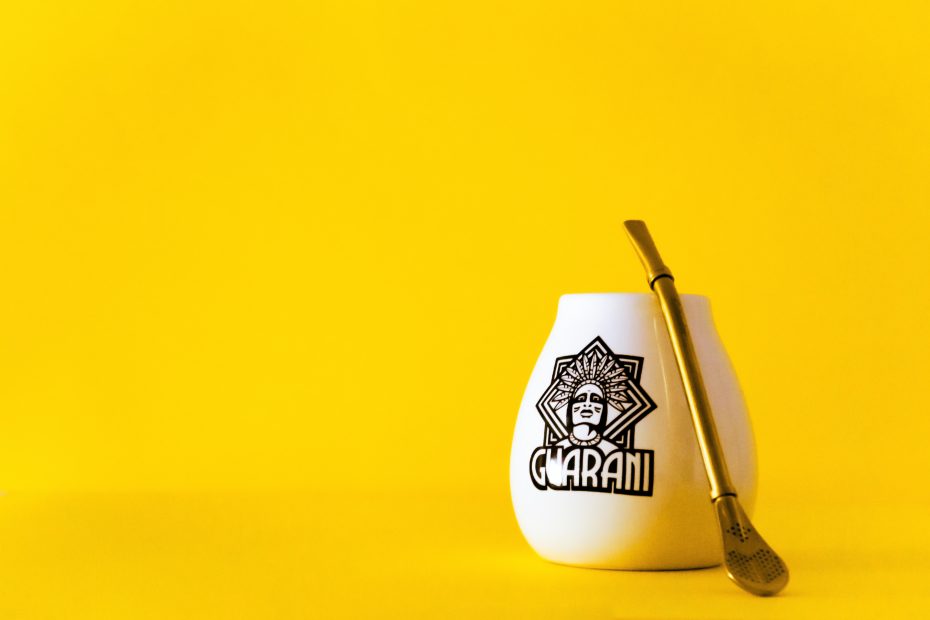Table of Contents
Introduction
Paraguay is a small, landlocked South American country that is often overlooked compared to its more famous neighbors like Brazil and Argentina. However, Paraguay has a rich culture all its own, shaped by its Indigenous roots and complex history. From the ubiquitous Guarani language to beloved traditions like drinking mate, Paraguay’s cultural heritage makes it a fascinating place to explore. By preserving and celebrating their customs, Paraguayans keep their identity alive.
History and Background of Paraguay
Early Indigenous Cultures
Paraguay was originally inhabited by semi-nomadic Indigenous groups like the Guarani. They lived in small, agricultural villages, cultivating manioc, maize, and tobacco. The Guarani language and culture would have an enduring impact on Paraguayan society.
Spanish Colonization
Paraguay was colonized by Spanish settlers starting in the 16th century. The two main cities of Asunción and Ciudad Real were founded. Paraguay was part of the Viceroyalty of Peru and then Río de la Plata.
Independence and Nation Building
Paraguay was the first country in South America to declare independence from Spain in 1811. It established itself as a republic, but struggled with power conflicts between political factions and dictatorships throughout the 19th and 20th centuries.
Guarani Language and Culture
Origins and Significance of Guarani
Guarani is an Indigenous language of the Tupi-Guarani family. It was widely spoken in Paraguay before colonization. Today it is one of the official languages of Paraguay, along with Spanish. It is a huge part of Paraguayan cultural identity.
Preserving Guarani Traditions
While Spanish is dominant in cities, Guarani thrives in rural areas. Efforts are ongoing to protect and promote Guarani through language classes in schools, media programming, and cultural events.
Incorporating Guarani into Daily Life
Many Paraguayans speak a mixture of both Spanish and Guarani known as Jopara. Guarani words and phrases are ubiquitous in daily conversations and Paraguayan-Spanish slang.
Tereré and Mate
Social Importance of Tereré
Tereré is the cold-brewed version of mate tea. Sharing tereré from a guampa gourd is a social tradition. The ritual of passing the tereré represents Paraguayan hospitality and friendship.
Health Benefits of Yerba Mate
Tereré and mate are made from the nutrient-rich leaves of the Ilex paraguariensis plant. Yerba mate contains antioxidants, amino acids, and vitamins. It boosts energy without the crash of coffee.
Maintaining the Mate Tradition
Passing down the mate tradition strengthens community bonds. Mate vendors and growers keep the industry thriving.
Music and Dance
Folk Styles Like Polca Paraguaya
Paraguay is known for lively folk genres like the polca paraguaya. The polca features a fast 2/4 rhythm, catchy melodies, and often witty, socially relevant lyrics.
Harp Music
The harp is the national instrument of Paraguay. Orchestral harp ensembles perform classical and folk music. The harp is a symbol of Paraguayan identity.
Contemporary Artists Blending Traditions
Modern performers like guitar virtuoso Berta Rojas incorporate Guarani lyrics and traditional instruments like the harp into new styles like jazz and classical crossover.
Cuisine
Staples Like Maiz, Manioc, and Beef
Corn, cassava, meat stews, and freshwater river fish are dietary staples. Iconic dishes like sopa paraguaya (cornbread) reflect the agricultural basis of the cuisine.
Iconic Dishes Like Sopa Paraguaya
In addition to sopa paraguaya, chipa bread, mbaipy so’o soup, and bori-bori are beloved national foods. Chipa is a cheesy bread, bori-bori are meat-and-cheese balls, and mbaipy so’o includes corn, beef, and vegetables.
Fusion Cuisine Trends
Some chefs are fusing Paraguayan flavors with international techniques. For example, Juan Pablo Martínez combines local ingredients like yucca and tereré with Spanish molecular gastronomy.
Arts and Crafts
Lace Making
Paraguayan women have a tradition of intricate lace-making using threads spun from cotton or chaguar palm leaves. Ñandutí lace represents geometric patterns seen in nature.
Wood Carving
The town of Itauguá is famous for its ornate wood carvings, or talla de madera. Masks, religious sculptures, furniture, and harps are common wood carvings.
New Artistic Expressions
Contemporary Paraguayan artists are blending traditional crafts like lace and woodworking with modern forms. Others use painting, sculpture, and multimedia to preserve cultural stories while exploring new frontiers.
Tourism
Promoting Cultural Sites
Paraguay’s government is working to develop tourism by showcasing archaeological sites, colonial architecture, and natural areas like the Chaco region.
Developing Ecotourism
Sustainable tourism centered on appreciating nature, like birdwatching in the Atlantic Forest, is a growing industry. Community-based tourism provides income to rural towns.
Preserving Traditions for Visitors
Folk villages where tourists can see dances, lace-making, and harp music help generate economic opportunities while ensuring traditions are passed on.
Conclusion
Paraguay boasts a vibrant living culture that honors its past while adapting to the future. From ancient handicrafts to cutting-edge art, Paraguayans keep their heritage alive through creativity. By valuing native languages like Guarani and sharing traditions across generations, Paraguay promises to retain its unique identity in the globalized world. With rich homegrown culture, stunning natural beauty, and warm hospitality, Paraguay is ripe for rediscovery.
FAQs:
Q: What are the major Indigenous cultural influences in Paraguay?
A: The Guarani language and culture have the biggest influence, since the Guarani people were the main pre-colonial inhabitants of Paraguay. Guarani is still widely spoken there today.
Q: What is tereré and why is it important in Paraguaya?
A: Tereré is a cold-brewed tea made from yerba mate leaves. It’s the national drink of Paraguay and consuming it is a social tradition that bonds people together.
Q: What types of traditional music and dances are found in Paraguay?
A: Folk genres like the polca paraguaya and harp ensembles are popular. Musicians also play styles like the galopa, purahéi jahe’o, and bottle dance.
Q: What are some signature dishes and ingredients of Paraguayan cuisine?
A: Iconic Paraguayan foods include sopa paraguaya (similar to cornbread), chipa bread, bori-bori meatballs, and mbaipy so’o soup. Corn, cassava, beef, and river fish are staples.
Q: How does Paraguay promote tourism focused on cultural heritage?
A: The government highlights archaeological sites, folk villages demonstrating crafts and dance, and Indigenous language and ecotourism experiences for visitors seeking cultural immersion.
